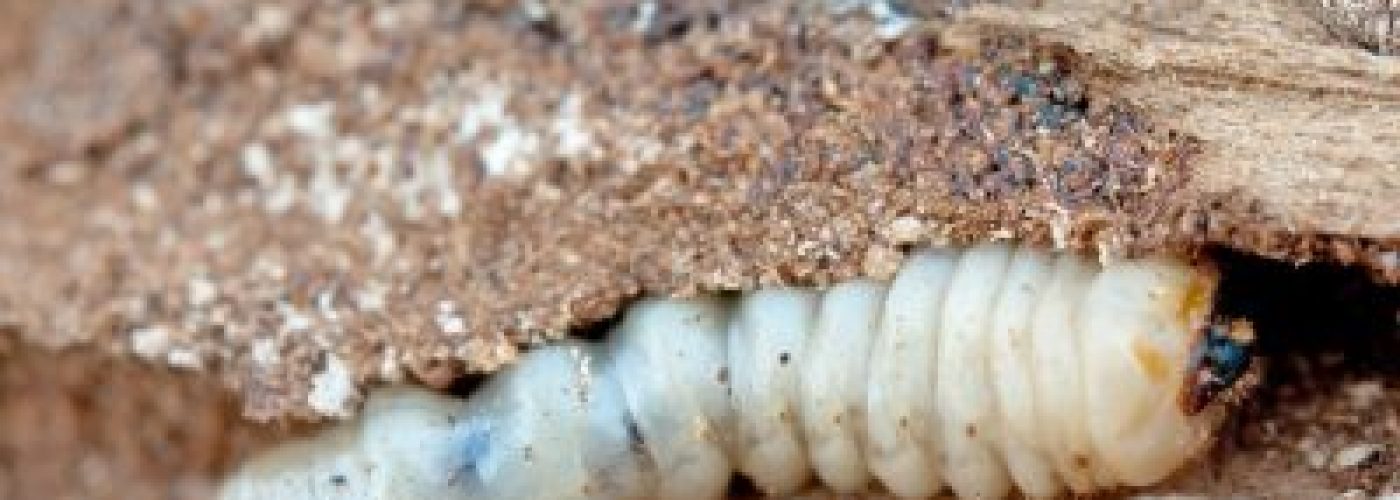In the winter months the bad weather is not only depressing, it also increases the chances of your property being affected by issues like damp and roof leaks. If you haven’t got access to an endless pot of money then you will probably want to know if there are some easy ways to fix some issues rather than paying a professional. Here is a brief guide to the basics of common damp problems and possible treatments:
Damp – Damp can appear all over the place and can be unsightly on your walls, causes wallpaper to peel and paintwork to crumble. There are different kinds of damp as well; rising damp, condensation and penetrating damp. If you are confident that you are able to identify the type of damp then you may be able to treat it yourself.
You should be able to identify damp by checking your walls by holding your hand against the wall to feel for dampness. You may see visual signs such as black spots or grey patches. Ceilings are also often affected by damp, particularly if you have loose roof tiles and water is getting through. Condensation in windows can also be a big indicator that you have a problem with damp.
The first step of treating damp is to locate the source of the problem and get it fixed. Then you can use a mould remover spray to get rid of the problem area. You can also use damp proofing paint once you have removed the signs of damp. Good ventilation helps to prevent damp, so keeping windows open and making sure tumble dryers are not kept in the house will. If you dry your clothes indoors you are also more likely to have problems with damp as the moisture has nowhere to escape. Besides not looking nice, having damp inside your house can cause health problems, so it is advisable to treat damp as soon as you can to stop health implications from developing.
Woodworm – Woodworm is actually a beetle grub issue rather than an actual worm. When you get woodworm in your property it weakens your structure and the beetles lay eggs, meaning that more grubs will attack your wood unless treated.
When you find that you have a woodworm problem, you need to treat it as quickly as you can. If you can’t afford the professional woodworm treatment cost then you can try the DIY solutions. Professional treatment can cost anywhere around £500 and over depending on the location and severity.
Woodworm is more likely to occur in places that are damp, so to help avoid being targeted you should make sure that your house is well heated and dry. It can occur in both furniture and the actual structure of your house if timber or other types of wood have been used. You will be able to spot woodworm as little holes start appearing in your wood.
You can use insecticides to treat woodworm infestation but they are not always completely successful as they mainly treat the surface and not the inside of the wood. Once you treat wood it is important to keep it dry and damp-free to prevent re-infestation. Using a humidifier can help to dry the area out.
Having damp in the house looks unpleasant and can destroy your decorating. It can also cause structural damage so the quicker you do something about it, the better. Whilst professional treatment can cost a lot of money, sometimes it is necessary to prevent the problem from developing any further. Your home is probably your biggest investment, so take care of it and keep it damp-free.





